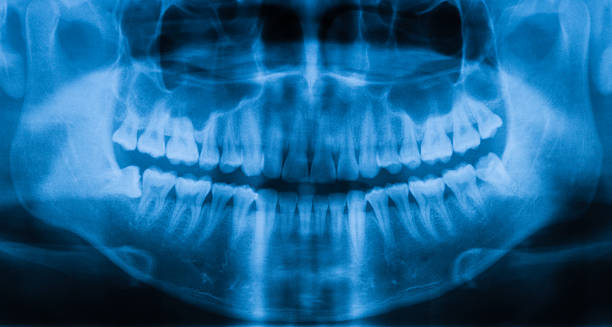WHAT ARE ROOT CANALS?
A root canal is a dental procedure designed to treat problems within the tooth’s pulp, commonly known as the nerve. Each tooth contains a soft tissue called the pulp, which consists of nerves, blood vessels, and connective tissue. The pulp plays a crucial role in the development of the tooth, but once the tooth is fully matured, it can function without it. If the pulp becomes infected or damaged due to decay, cracks, or trauma, it needs to be removed to prevent further complications and relieve pain. The term “root canal” is derived from the cleaning of the canals inside the tooth’s root.
Why Would a Root Canal Be Needed?
There are several reasons why a root canal might be necessary, such as:
Infection
A tooth that has become infected due to deep decay or a large cavity can cause the pulp to become inflamed or infected. This infection can spread to the surrounding tissues, leading to an abscess, which is a painful collection of pus.
Severe Tooth Damage
If a tooth is severely broken, cracked, or chipped, the pulp may be exposed, leading to significant pain and sensitivity. This exposure makes the tooth vulnerable to bacterial infection.
Repeated Dental Procedures
Multiple dental procedures on a single tooth can cause the pulp to become inflamed and eventually damaged.
Trauma
Any physical trauma to the tooth, such as a blow to the face, can damage the pulp even if the tooth does not appear to be cracked or chipped.
In any of the above cases, removing the infected or damaged pulp through a root canal can alleviate pain, eliminate infection, and prevent further dental issues.
Who Is a Candidate for Root Canals?
To determine if a root canal is needed, a comprehensive dental examination is required. The assessment usually includes:
Clinical Examination
A thorough inspection of the affected tooth and surrounding areas to check for signs of infection, swelling, or damage.
X-rays
Dental x-rays are taken to reveal the extent of decay, infection, or damage to the tooth’s structure and the pulp. X-rays help in visualizing the root canals and the surrounding bone.

Symptoms
Patients often report symptoms such as severe toothache, prolonged sensitivity to hot or cold, tenderness when chewing, discoloration of the tooth, and swelling of the gums.
If the examination and x-rays indicate that the pulp is infected or damaged, a root canal is recommended to prevent further complications and restore oral health.
What Happens During the Root Canal Procedure?

The root canal procedure typically involves the following steps:
Anesthesia: The procedure begins with the administration of a local anesthetic to numb the affected area of the mouth, ensuring that the patient is comfortable and pain-free during the treatment.
Access Opening: The dentist or endodontist creates an opening in the crown of the tooth to access the pulp chamber and root canals.
Pulp Removal: The infected or damaged pulp is carefully removed from the pulp chamber and root canals using specialized instruments.
Cleaning and Shaping: The empty canals are cleaned, disinfected, and shaped to prepare them for filling. This step is crucial to eliminate any remaining bacteria and prevent future infection.
Filling the Canals: The cleaned canals are filled with a material called gutta-percha, which is a rubber-like material that seals the canals and prevents reinfection.
Sealing the Tooth: A temporary or permanent filling is placed to seal the access opening created at the beginning of the procedure.
Restoration: To protect the tooth and restore its function, a crown is typically recommended. The crown covers the treated tooth, providing strength and preventing any further damage.
The entire root canal procedure usually takes about an hour and allows patients to leave the office pain-free.

If you would like to learn more about root canals and how they’re performed, call us today and we can help to answer any of your questions. Our goal is to provide you with a healthy, pain-free smile as soon as possible.


